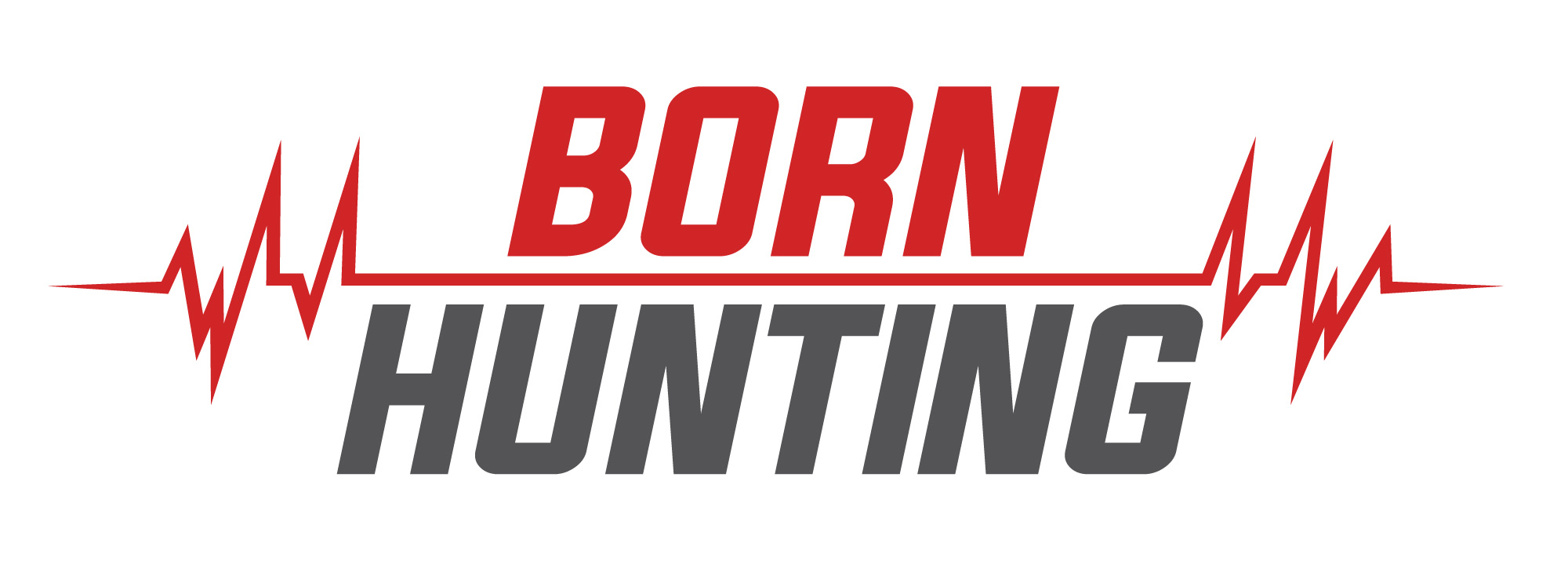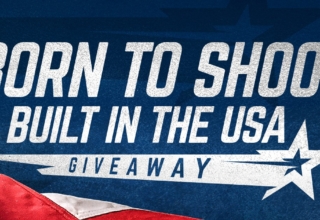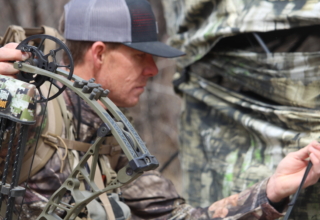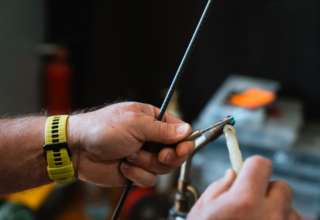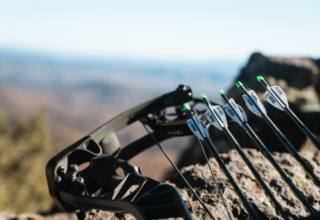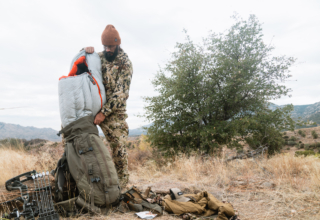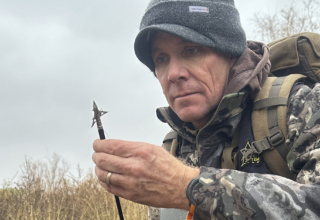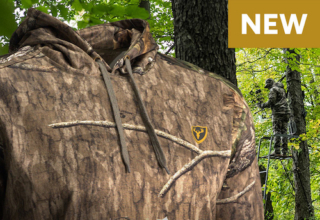Backpack hunting is challenging. Go with sub-par gear; not only will your hunt be uncomfortable, but it can also get downright dangerous. Find quality gear in these three categories to stay comfortable and safe on your next backpacking adventure.
by Josh Kirchner
Show me someone who says backpack hunting hasn’t grown in popularity through the years, and I’ll show you a liar. Hunting the backcountry has become a standard in the West rather than an exception. The price of admission to this lovely activity isn’t just paid in sweat equity either. Gear adds up, which leads to many trying to find ways to cut corners and save. I’m all for that, except for three things. You DO NOT want to skimp on these items, and I will tell you why.
Backpack
There’s no better place to start this discussion than the backpack itself. It puts the “backpack” in backpack hunting. Trying to cut corners here will undoubtedly increase the misery, but it could also lead to injury.
Along with being feature-rich, durable, and practical, the real gem of higher-end packs is their suspension systems and frames. They are designed to not only handle hefty loads themselves but help you do so as well. A sound suspension system and frame will excel in weight distribution, which for you means optimal performance. They’ll also hold their position much better on your body. Backpacks that fall short of this will cause you to strain. They’ll slip down your back,and throw the whole weight distribution thing out the window. If you like pain all the time, go for it. A subpar backpack is an excellent avenue toward pain.
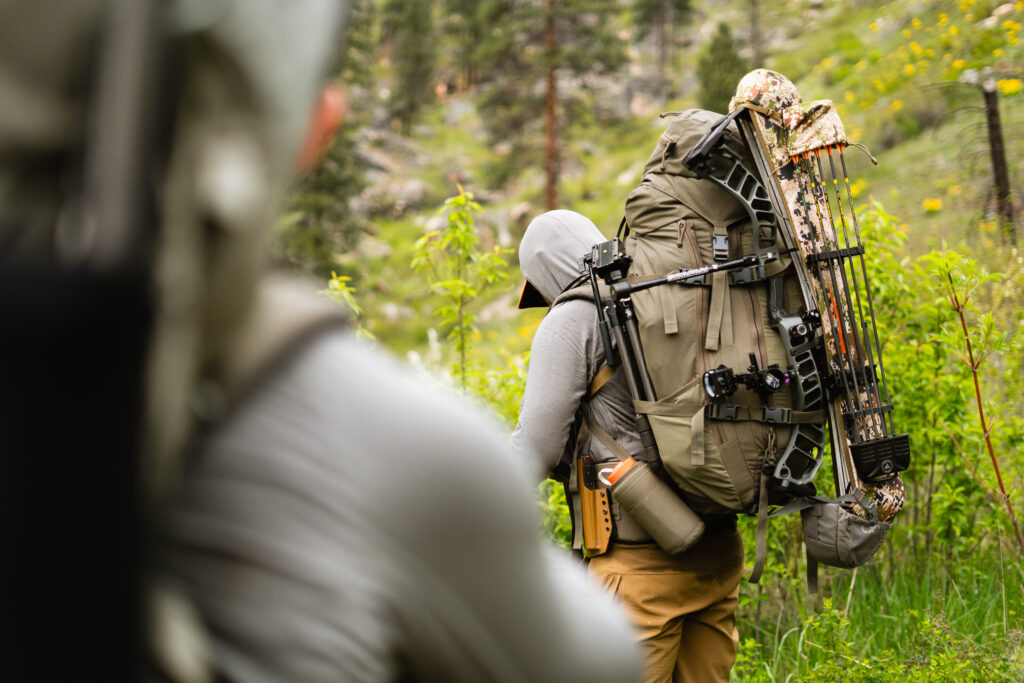
Common Shortcut
A standard shortcut is to reach for a backpacking type of backpack. These are undoubtedly on the less expensive side, but they are made for backpacking, not backpack hunting. Once they exceed 40-50 pounds, their performance will crumble, as will yours.
Boots
Legend has it that backpack hunting involves a whole lot of hiking. I can confirm that the legend is true, so you better not nickel and dime a pair of boots.
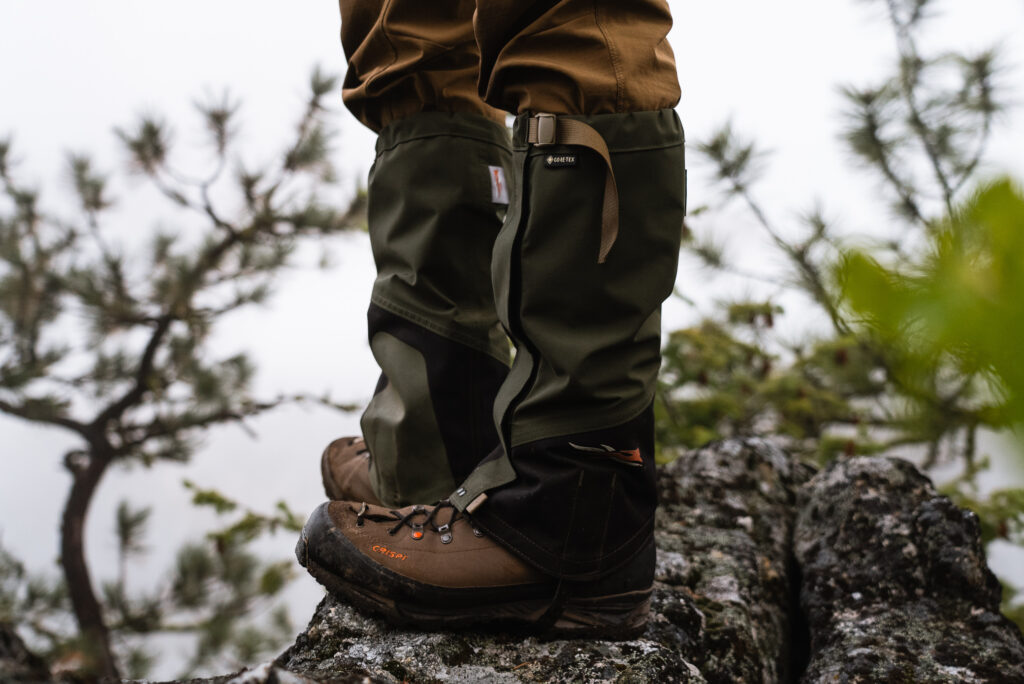
A good pair of hunting boots offers a solid blend of comfort and durability. They need to be comfortable enough to keep you going day after day, and they need to be durable enough to do the same. As someone who has hiked the sole off of a pair of boots, trust me when I tell you that there is a difference between cheap boots and not cheap boots. More affordable versions don’t offer near the calculated support or possess the structural integrity that their higher-end brethren have. They can end a hunt, and I’ve seen it happen. It’s not worth it, whether it’s blisters, pinch points, or falling apart. These are your tires, and there are no spares in the backcountry.
Common Shortcut
A standard shortcut with boots is to buy a cheaper pair and add an excellent aftermarket insole. I commend folks for wanting to try and level up their boots, but if the boot isn’t comfortable, provide good support, or doesn’t last, the insole doesn’t matter. Yes, an insole can improve things, but it doesn’t change what’s housing it. You can put costly furniture in a house that’s falling apart, but if the roof caves in, you’ve just got dirty furniture. Do yourself a favor and start with a stable platform in a higher-end boot, then add the insole after the fact.
Clothing – A Layering System
Until I started backpack hunting, I always scoffed at higher-end hunting clothing. I thought it was a gimmick. Looking back now, I can confidently write that I was dead wrong.
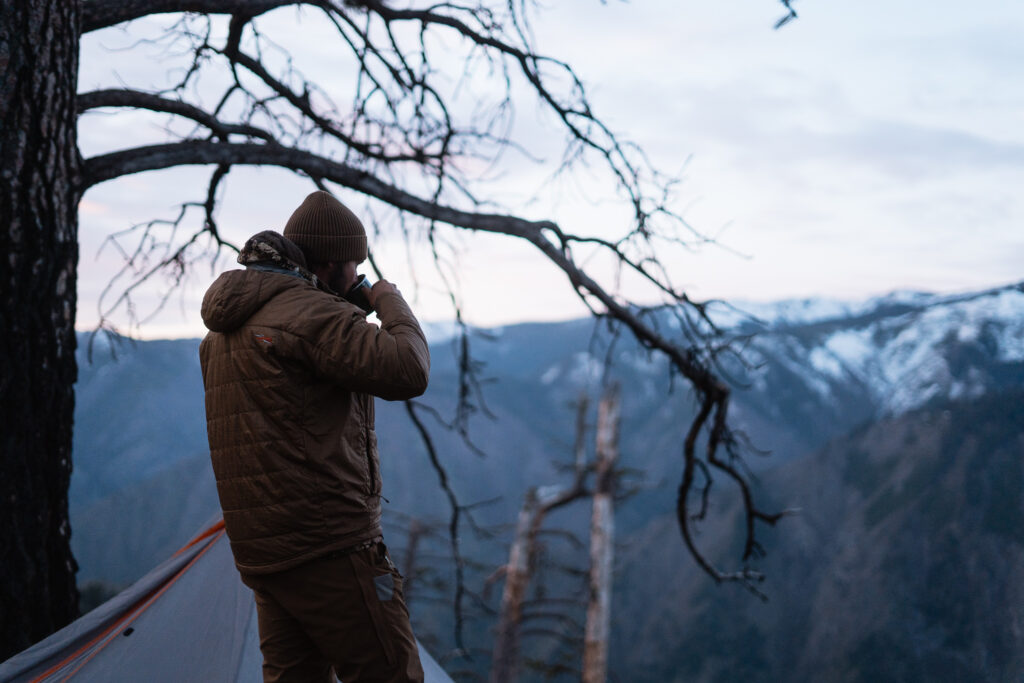
For backpack hunting, you’ve got what you’ve got, and there is no bringing three sets of clothing to change into throughout your hunt. So, we must have a technical layering system we can trust that will get us through a wide range of situations. It must also be lightweight and packable, especially if you’re planning on longer-duration backcountry hunts. These are not things you get with the lower-end hunting clothing many of us grew up wearing. That stuff is heavy and bulky, so it’ll take up more space in your pack, leaving less room for other things like food. It’s also inefficient and will stink to high heaven. These things make life more complicated and even more difficult for a backpack hunter.
Common Shortcut
This stuff is 100 percent expensive, and there is no way around it. A common shortcut I’ve seen folks take in the past is paying all of this money for a few clothing items only to put a cotton long john underneath. This defeats the purpose of your layering system, which is to keep you warm, dry, and cool when you need it most. Cotton doesn’t move moisture away from your skin like merino wool or synthetics. This is a recipe for getting cold. So, if you were going to take any shortcut, spend your money first on your base layers, and if you want to throw a cheaper layer over for the time being, go ahead. Don’t wait too long to switch everything out though. Bite the bullet on price. You won’t regret it.
End Note
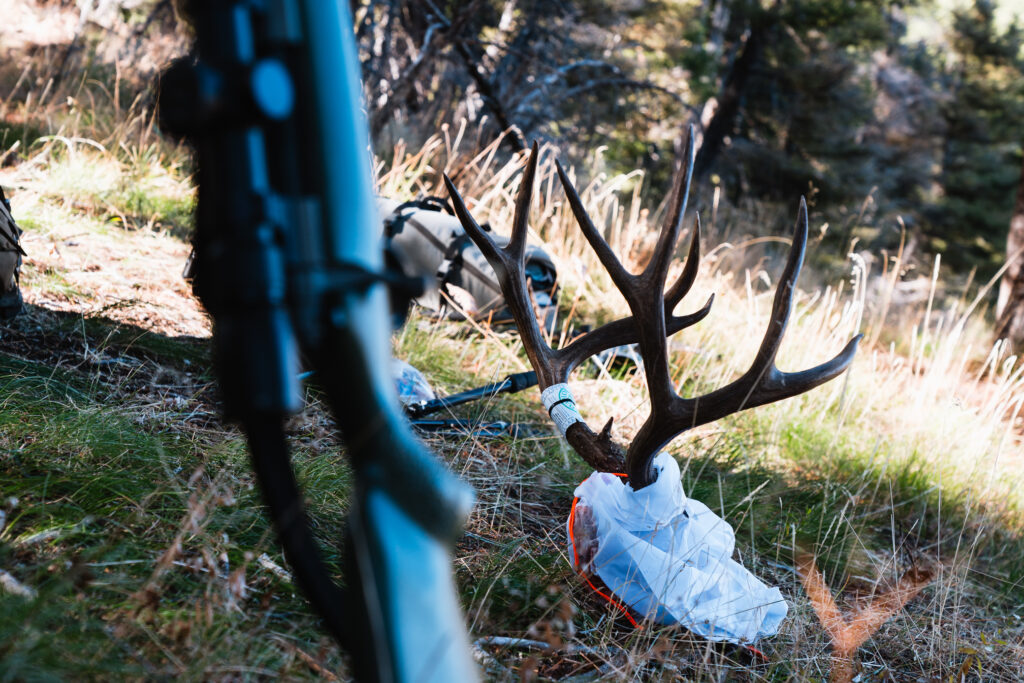
Everyone has a different budget, and you’ve got to do what you’ve got to do to get going on your backpack-hunting path. After more nights in the backcountry than I can count, backpacks, boots, and clothing are always where I see the most issues that can hurt someone’s hunt. I believe wholeheartedly that these items should be your priority. There are plenty of gear items for backpack hunting to save a buck on, like tents, sleeping bags, and sleeping pads, but only a few can save your hunt.
